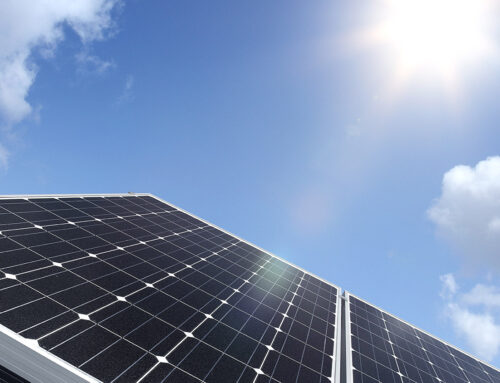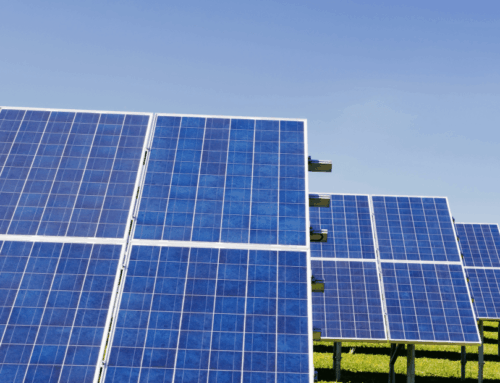Gujarat adds 6.6 GW renewables April–August, solar leads growth
October 8, 2025
The Indian state of Gujarat has added an astonishing 6.6 GW of renewable energy to the national grid during the period between April and August of this year. The majority of that growth comes from the solar sector, underscoring the importance that the renewable energy sector plays in India’s long-term decarbonization goals as well as providing enough electricity to meet the rise in energy demands from its citizens. Several industry insiders have praised the accelerated adoption of the renewable energy sector in the region.
Solar power is leading the transition of India’s energy sector in the first half of this year
For a nation as industrious as India, innovation and an accelerated adoption process of technology are key. For many generations, India has lagged behind the rest of the world in reducing its vast emissions from the energy sector. India has extreme levels of poverty, and as such, the government is responsible for developing new and innovative solutions to the nation’s energy needs that do not make electricity more expensive.
According to state energy department data, India has seen a significant increase in renewable energy projects, adding much-needed electricity to the national grid. Among the biggest contributors during the first half of the year are:
- Solar power – 22,806 MW
- Wind energy – 14,235 MW
- Large hydro – 1,990 MW
- Small hydro – 113 MW
- Biopower – 129.8 MW
The pace of the renewable energy buildout in the Indian state of Gujarat is astonishing
Several nations around the world have implemented significant measures aimed at curbing the reliance on the conventional energy sector in favor of the possibilities presented by the renewable energy sector.
Industry analysts have noted that the surge in production can be attributed to several factors, including but not limited to:
- Favorable government policies – India’s government is incentivising the renewable energy sector with favorable policies aimed at increasing the output for the sector.
- The commissioning of large-scale solar parks and hybrid projects – India has commissioned several massive projects, as well as a new hybrid solar/wind project that is the first of its kind.
- Improvements in transmission infrastructure – Improving the existing infrastructure would allow faster grid integration.
Another factor to consider is the falling project costs and rising corporate demand for clean energy. The rapid surge in the renewable energy sector reinforces the Asian nation’s goal of achieving 500 GW of non-fossil fuel capacity by 2030 and net-zero emissions by 2070.
The news of India adding several companies to the Approved List of Models and Manufacturers (ALMM) List-II has been welcomed by industry insiders. An industry analyst has stated his thoughts on the nation’s surge in solar power capacity.
“Aggressive govt policy coupled with a favourable atmosphere has driven the growth in RE installations. Gujarat has also set a benchmark in rooftop solar installations for other states to follow. Moreover, Gujarat has showcased that RE is affordable and can easily be deployed on a large scale. This also reflects the acceptance of RE and even if govt doubles the target, that can be achieved.” – Jaideep Malaviya, solar energy consultant
India has made significant progress in accepting the renewable energy sector in recent years
Taking into account the directive set out by PM Modi, India has made significant progress in reducing its reliance on the conventional energy generation sector that has ravaged the world. Even the United States has seen a surge in the renewable energy sector during the first half of this year, which aligns with the global efforts evident around the world. The Indian state of Gujarat has become the epicenter for the nation’s renewable energy sector and will continue to grow its standing in the nation’s decarbonization goals that have been laid out by the international community.
Author Profile
Search
RECENT PRESS RELEASES
Related Post




